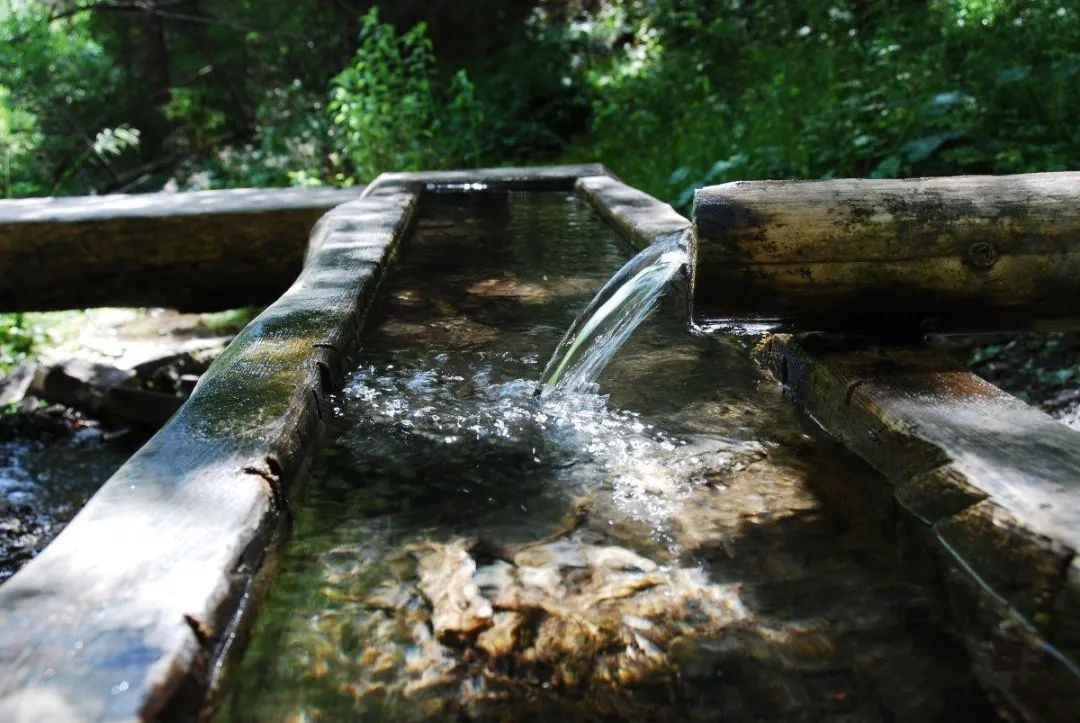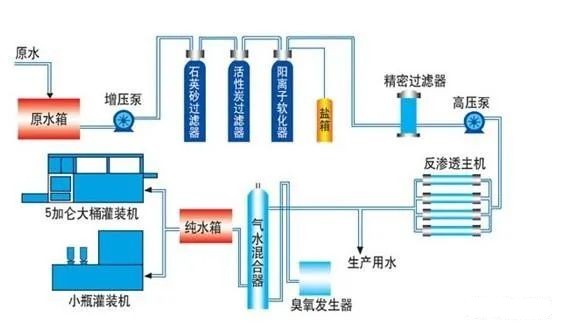Ultrafiltration (UF) technology is a membrane separation technology between microfiltration and nanofiltration, with an average pore size of 3~100 nm, which has the functions of purification, separation, and concentration of solutions.
Its retention mechanism mainly includes membrane sieving and electrostatic effect, the filtration medium is an ultrafiltration membrane, driven by the pressure difference between the two sides, only low molecular weight solutes and water can pass through the ultrafiltration membrane, so as to achieve the purpose of purification, separation, and concentration.
②, Nanofiltration can effectively filter out organic pollutants such as antibiotics, hormones, pesticides, petroleum, detergents, algae toxins, harmful heavy metal ions such as lead, cobalt, antimony, mercury, cadmium, chromium, and most of the scale, while other mineral ions pass through more easily.
Therefore, the nanofiltration water purifier removes pollutants while retaining minerals in the water that are beneficial to humans.
Nanofiltration membrane: with a pore size of 1nm or more, generally 1-2nm, is a functional semi-permeable membrane that allows solvent molecules or certain low molecular weight solutes or low-valued ions to pass through.
It is a special and promising variety of separation membranes, named for its ability to retain substances of approximately nanometer size.
It is used to remove organic matter and color from surface water, to remove hardness from groundwater, to partially remove dissolved salts, to concentrate fruit juices, and to separate useful substances from pharmaceuticals.
Water is the source of life, water does play a vital role in maintaining the body’s digestion, excretion, circulation, regulation of body temperature, lubrication, metabolism, and other physiological functions.
Our life is closely related to understanding the difference between drinking pure water and drinking mineral water, which is conducive to our daily choice of appropriate drinking water resources!









